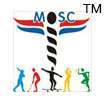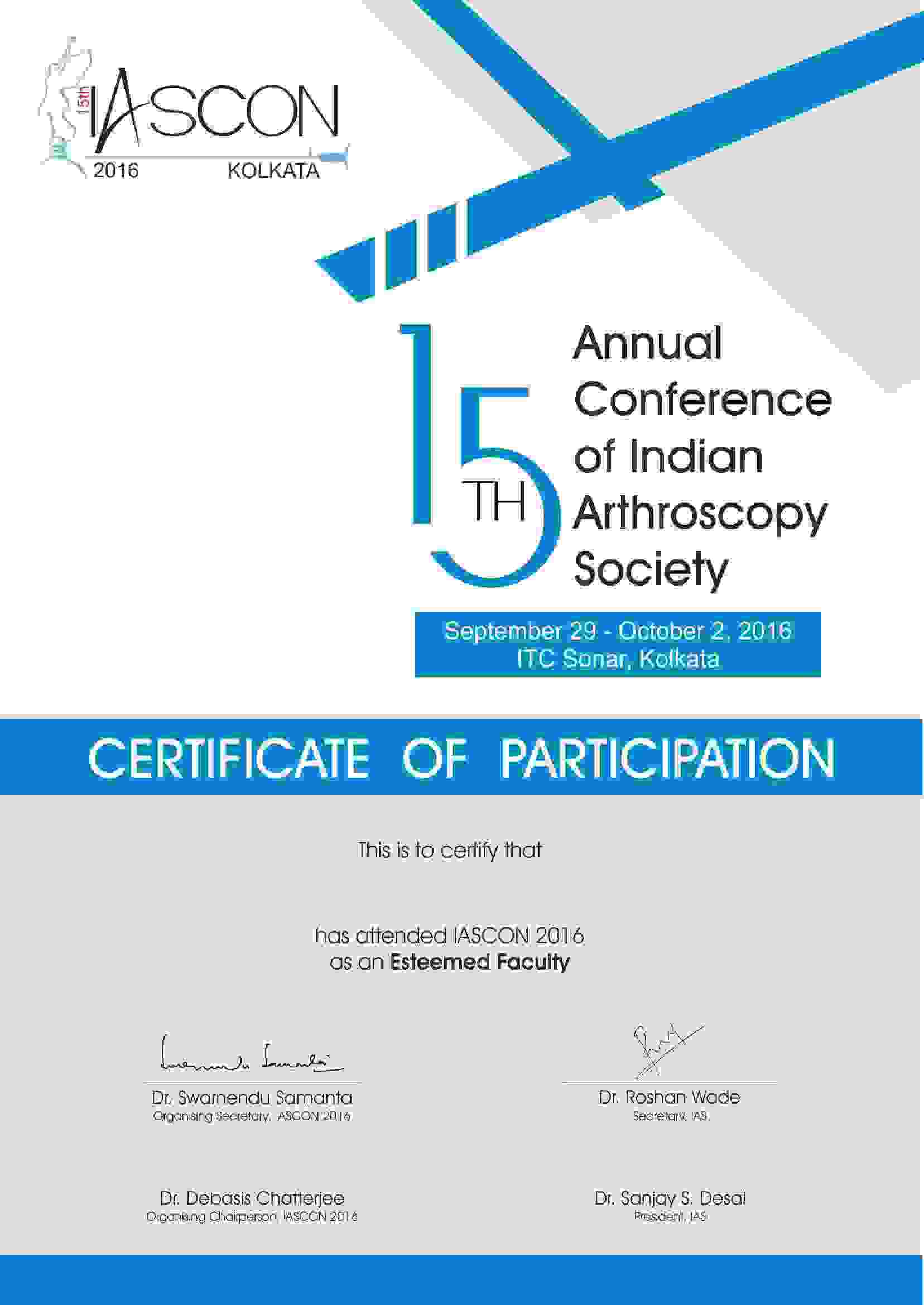Arthritis in Wrist & Arm:
Osteoarthritis and rheumatoid arthritis are 2 main types of wrist & arm arthritis.
Osteoarthritis: Osteoarthritis is a progressive disorder that occurs due to the wear & tear of the articular cartilage that protects the ends of the bones. When cartilage is destroyed, the healthy space between the bones is reduced considerably.
Rheumatoid Arthritis: This type of arthritis is found to start in small joints like those in the wrist. The kind of arthritis is believed to follow a symmetrical pattern i.e. wrist joints in both hands are affected equally. The arthritis is found to affect the 2 forearm bones i.e. ulna and radial bones. The ulna gets eroded and the associated tendons are torn. Deformities like gnarled fingers, bent wrists etc are the consequences.
Signs & symptoms: The general symptoms like wrist pain, difficulty in gripping the objects, swelling around the joints are experienced. In cases where there is inflammation and bone spurs occurring on the wrist, irritation is felt on the nerves that surround the joint. This results in numbness and tingling of the fingers.
Various treatments are available for wrist arthritis. The list below mentions some of the treatments:
- Wrist splint: They are devices that provide adequate support to the wrist. They help in providing a smooth wrist movement.
- Heat/Ice application: This is one of the most commonly used treatments for wrist arthritis. These procedures are mainly used for minimizing the swelling around the wrist joints.
- Anti Inflammatory Medicines: These include NSAIDs that are employed to decrease the pain & associated swelling.
- Cortisone injections: These steroids are generally used for treating the inflammation and related pain.
In the cases where these treatments fail to find a cure, surgical procedures like wrist fusion, wrist replacement, proximal row carpectomy etc may be performed.
Arthritis in the Elbow:
The most common form of elbow arthritis is osteoarthritis. This disorder occurs when the cartilage over the elbow gets worn away. The degeneration can happen due to many reasons. They include fracture/dislocation, or age-related degeneration etc.
Elbow is one of the joints that disorders like osteoarthritis affect the least. This can be attributed to strong stabilizing ligaments as well as a well matched joint surface. Due to these reasons, the elbow can withstand large forces without being unstable.
As in other arthritis cases, the symptoms shown in the elbow are restricted range of motion and related pain. However, both these do not occur simultaneously. In several cases, a locking or grating sensation is felt in the elbow. Swelling in the joints may also occur.
As the disorder advances, a numb feeling in the small finger and the ring finger is experienced.
Treatment: Elbow arthritis treatment depend upon several factors like overall medical condition, prior history, stage of the disease, results of diagnostic X-rays etc.
Non-surgical method: These methods are mostly prescribed during the initial stages of the disease. The methods include medications such as NSAIDs, corticosteroid injections etc. As an alternative to corticosteroids, Hyaluronic acid is prescribed. This is administered in order to increase the fluid in a joint. The process is called viscosupplementation. Among the surgical procedures, arthroscopy is found to give a temporary remedy. However for long lasting remedies, elbow replacement might be the suitable option.
Arthritis in the hip:
Both osteoarthritis and inflammatory arthritis are said to affect the hip to an extent. The hip being a major weight bearing portion of the body, is susceptible to more wear & tear. This leads to osteoarthritis.
3 main kinds of inflammatory arthritis are said to affect the hip. They are rheumatoid arthritis, ankylosin spondylitis and systemic lupus erythematosus. In inflammatory arthritis, the synovial lining of the bone gets inflamed.
Signs & Symptoms: Hip osteoarthritis is characterized by symptoms like sensation of thigh, buttock or groin pain in the morning. The pain intensity is proportional to the level of activity.
Inflammatory arthritis in the hip is characterized by symptoms like dull aching pain which is worse in the morning. In contrast, the pain decreases on increased activity. Cases such as necrosis can also occur in the hip.
Diagnosis: The diagnosis is done based on various factors. The doctor observes the walking style in order to detect any limb. Laboratory studies may also be performed in order to detect the presence of any rheumatoid element.
The treatment is based on the type of arthritis.










